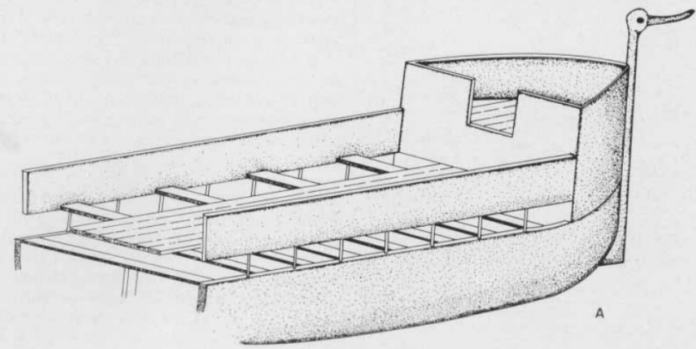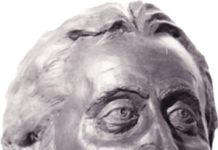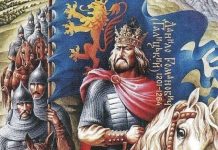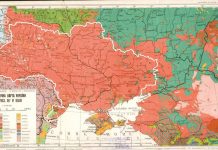In that short passage in the Iliad about the cranes flying from winter plains to the pigmies in the south there is so much information that even Aristotle several hundred years later had to tell his readers that “the story is not fabulous, but there is in reality a race of dwarfish men”. While we can imagine how people in pre-Homeric times learned that there were dwarfish men in central Africa, it seems incredible that the people knew the two destination points of the crane migration already then. How could anyone get that kind of knowledge? It appears that in the pre-GPS times, the only way to learn about the bird migration destination was to follow the birds. Of course, it could take several years to do so but for some people, the birds were sacral creatures, and following them could well be a special mission of a lifetime.
One of the most mysterious naval forces of the 13th centuries BC was the Sea Peoples. In the times preceding the Trojan War, the Sea Peoples attacked Syria, Palestine, and Cyprus. Most likely they were the ones who destroyed the Hittite Empire too. They waged two wars on Egypt: the first, in the fifth year of King Merneptah (1236–23 BC); the second, in the reign of Ramses III (c. 1198–66 BC).
It is the nationality of the Sea Peoples that remains a mystery even until now because of the abrupt break in ancient Middle Eastern records as a result of the invasions. To quote Wikipedia, in the words of Wilhelm Max Müller, it became “the most important questions of ethnography and the primitive history of classic nations”. Their origins undocumented, the various Sea Peoples have been proposed to have originated from places that include western Asia Minor, the Aegean, the Mediterranean islands, and Southern Europe”.
One of the most valuable extant records of the Sea Peoples is the wall mural in the mortuary temple of Rameses III, Medinet Habu. It is one of Egypt’s best-preserved temples from the New Kingdom period and one of the central places in it is devoted to the depiction of the sea battles between the naval fleet of Ramses III and the Sea Peoples.
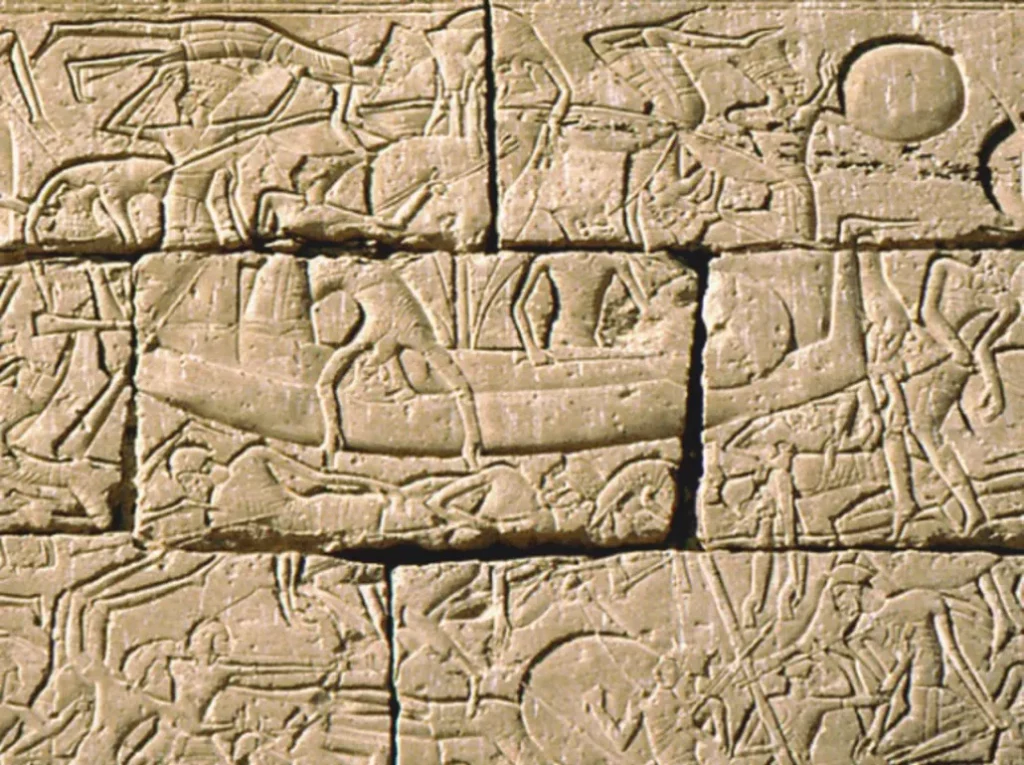
Scholars name the relief “the single most important representation “of the naval battle in which Ramses III defeated a coalition of Sea Peoples. But the relief also provided invaluable material to study the ships of the Peoples and it was noted that their distinctive ships had high, angular stem- and stern- posts topped with outward-facing water-bird heads.
Of many great analytical works, The Naval Battle Pictured at Medinet Habu by Professor of Egyptology H. H. Nelson published in 1943 is arguably the most fundamental and most widely quoted to this day. In his work, Nelson draws attention that all five ships of the Sea Peoples are distinguished by a bird head at either end.
Kristin Romey in the Vogelbarke also observed that:
“For the viewer familiar with Egyptian narrative art, one is instantly stuck by the almost alien presence of the enemy: beardless, skirted men bearing fearsome expressions and long swords or javelins, with horned helmets or high, feathered crests. These men arrived to wreak havoc on equally unusual vessels never seen before in the Mediterranean: long, sleek ships finishing on either end in a stern, vertical projection of an outward-facing bird head.”
S. Wachsmann wrote:
“It is important to emphasize here that these bird/bird-head devices are totally foreign to seagoing ships of the other nations for which we have data during the second millennium. They are entirely lacking on representations of indigenous Minoan, Cypriote, Syrian, and Egyptian seagoing craft.”
Although, in S. Wachsmann’s opinion, no conclusions concerning the ethnic identity of the Sea Peoples may be deduced from the constructional details of their ships, “elements of the material equipment of the newly introduced culture, in particular their urnfield burials, flange-hilted swords, and fibulae were considered to be European”.
Interestingly, in the Aegean region, there were people known as the Leleges. Some ancient writers described them as the immigrant founders of Pylos, the famous city that hosted the Palace of Nestor. The etymology of the word “Leleges” has not found any serious explanation and it gives the author of this article the right to mention that in Ukrainian “leleka” means stork.
More unique insights into the Sea Peoples, the Palace of Nestor in the “Cradle of Civilizations” hardcover book.



